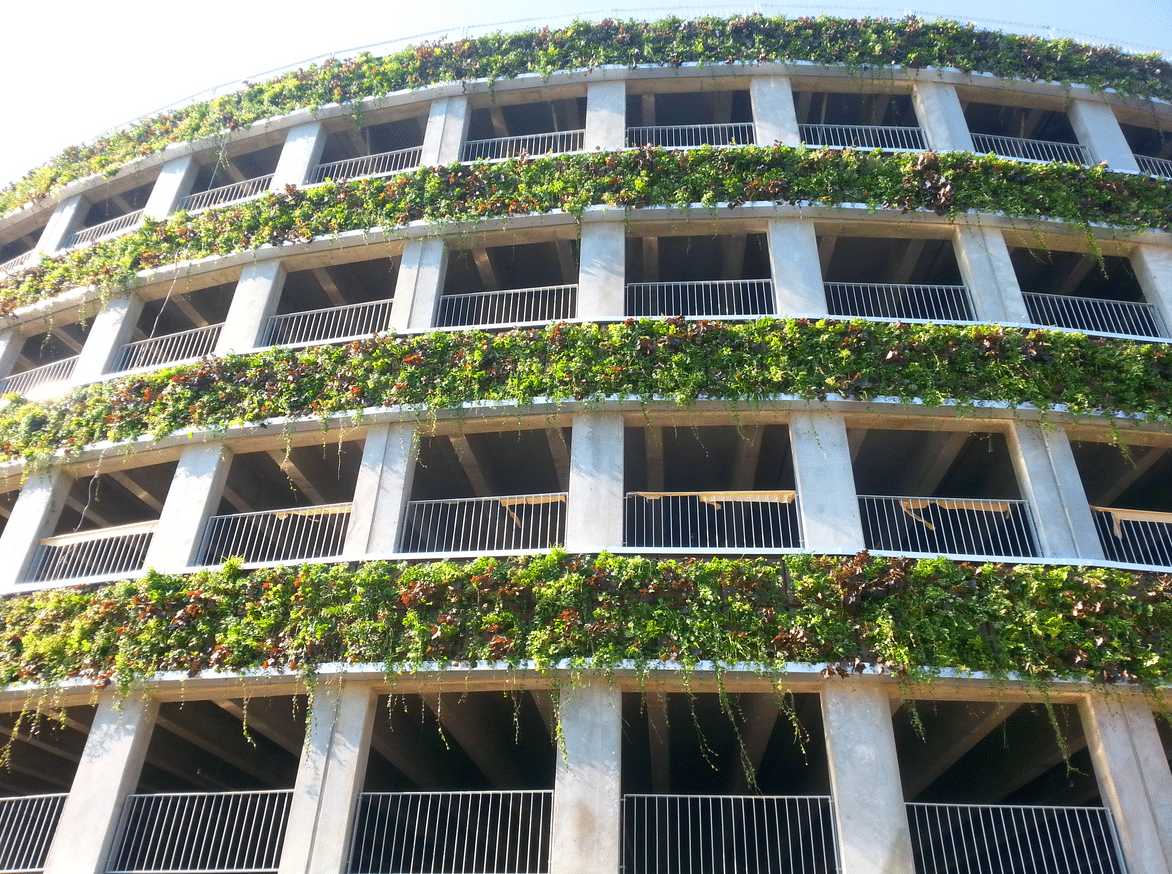What makes a city sustainable?
A sustainable city prioritizes the environment while fostering economic growth and social inclusivity. Examples of sustainable cities often feature renewable energy initiatives, green infrastructure, efficient public transport, and thriving biodiversity. These elements form the foundation of sustainable cities and communities worldwide, demonstrating what can be achieved through visionary planning and collaborative action.
Please read further to see how cities are working on sustainability worldwide!
Copenhagen, Denmark
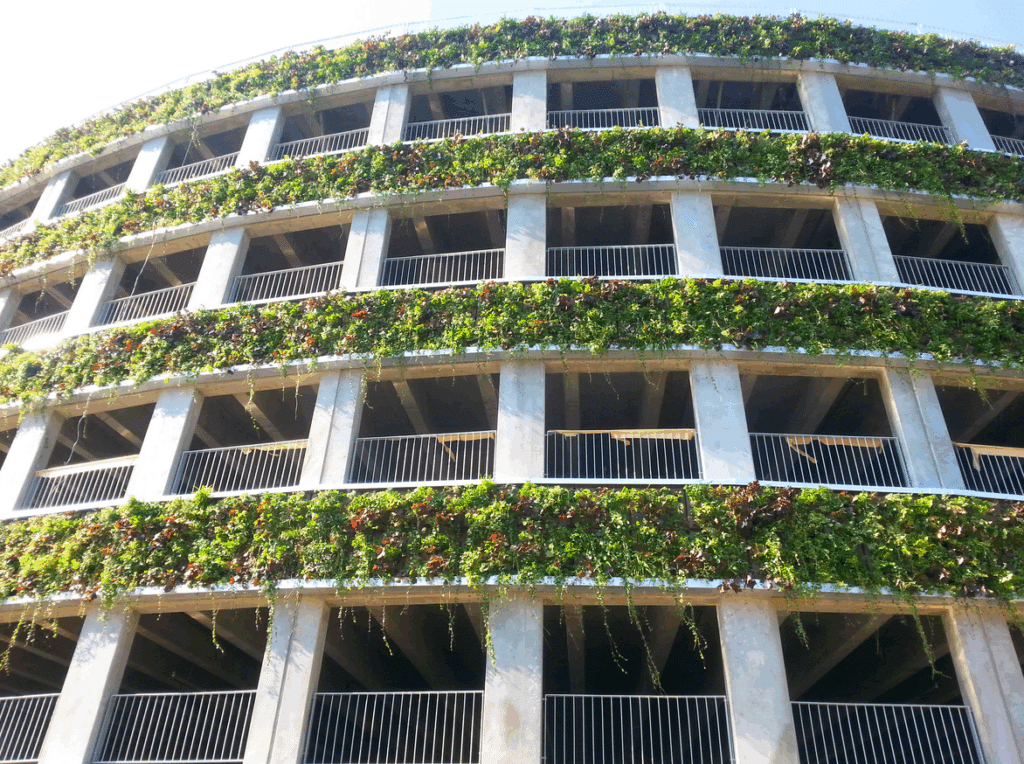
Widely regarded as one of the greenest cities in the world, Copenhagen has committed to becoming carbon neutral by 2025. The city has heavily invested in renewable energy sources like solar, wind, and biomass. As part of the Holmene project, nine artificial islands will house facilities converting wind and waste into over 300,000 MWh of electricity annually. As one of the world’s most bike-friendly cities, Copenhagen boasts around 700,000 bicycles—more than the number of cars. Approximately 62% of residents cycle to work or school, showcasing the city’s commitment to sustainable transport.
Copenhagen also uses big data and sensor networks to optimise energy and water efficiency in municipal buildings, minimising waste and emissions. Advanced water management systems, including leak sensors and smart meters, ensure sustainable water use. Green spaces cover a quarter of the city, and new regulations promote green roofs on buildings, creating rooftop gardens that reduce pollution and utilise rainwater for self-sustenance. With its extensive cycling infrastructure, renewable energy projects, and green roofs, it exemplifies sustainable city planning at its finest.
Image: SemperGreenwall at Parking garage Copenhagen Denmark
Singapore
Known for its “city in a garden” vision, Singapore integrates nature into urban development. Its vertical gardens, rooftop farms, and sustainable water management systems make it a leading example of a sustainable city. Singapore is overcoming challenges like high population density and limited natural resources with innovative solutions. Its advanced water recycling system, known as NEWater, meets 40% of daily drinking water needs, a figure projected to rise to 55% by 2060.
The city is also tackling waste with significant investments in recycling and aiming for a 70% recycling rate by 2030. Through measures like a carbon tax, urban farming initiatives, and the development of sustainable neighbourhoods such as Tengah, Singapore is reducing emissions and enhancing green spaces. The Singapore Green Plan 2030 includes planting one million trees and creating accessible nature parks, showing how urban innovation and environmental stewardship can coexist.
Oslo, Norway
Oslo is a global leader in sustainable urban development, with ambitious targets to cut greenhouse gas emissions by 95% by 2030. The city’s focus on electrification is unmatched, with nearly all public transport powered by electricity. Oslo also boasts a pioneering approach to waste management, where waste is transformed into energy to heat buildings. Green roofs and extensive bike lanes further contribute to its reputation as a sustainable city. Additionally, Oslo is investing in urban forests and green spaces to enhance biodiversity and combat climate change.
Stockholm, Sweden
is a prime example of a sustainable city. Stockholm’s eco-districts, energy-efficient buildings, and comprehensive waste management systems demonstrate how cities can embrace sustainability without compromising modern living standards. The city’s ambitions are bold: by 2030, Stockholm aims to be climate-positive, and by 2040, it plans to be completely free from fossil fuels. Since 1990, greenhouse gas emissions have been more than halved, even as the city’s population and urban development have grown significantly. This ability to balance growth with sustainability makes Stockholm a global inspiration.
Another standout feature is Stockholm’s district heating system, which provides around 80% of the city’s heating needs. Rather than relying on individual heating systems in buildings, the city uses waste heat from rubbish incineration, industrial processes, and data centres to heat water, which is then distributed through a central network. This efficient system ensures that 93% of the energy used is either recycled or sourced from renewable resources. Stockholm demonstrates that progress and sustainability can go hand in hand.he higher the weight per square metre.
Barcelona, Spain
Barcelona has taken significant steps toward sustainability through its superblocks program, which limits car traffic in designated areas to create more pedestrian-friendly and green public spaces. This initiative not only reduces emissions but also enhances urban livability and community interaction.
Recently the city achieved a spectacular transformation with 8,000 m² of greenery for a new tram line. This 2 km route fitted with Sempergreen direct-green groundcover is not just a technological milestone but an ecological masterpiece that showcases the perfect harmony of mobility and sustainability.
Take a look of the green coverage Youtube video we made in Barcelona, Spain.
Australia’s contribution to Sustainable Cities
Scandinavian cities continue to inspire the world. With their commitment to sustainable solutions, they rank high on global sustainability indexes. From green roofs to carbon-neutral neighborhoods, sustainability here is not just a vision – it is reality. Meanwhile, Australian cities are performing average, but not to worry. With their huge potential, they could unleash a green transformation in urban landscapes. Ambitious targets have been set, for instance by Sydney, Melbourne and Brisbane.
Sydney
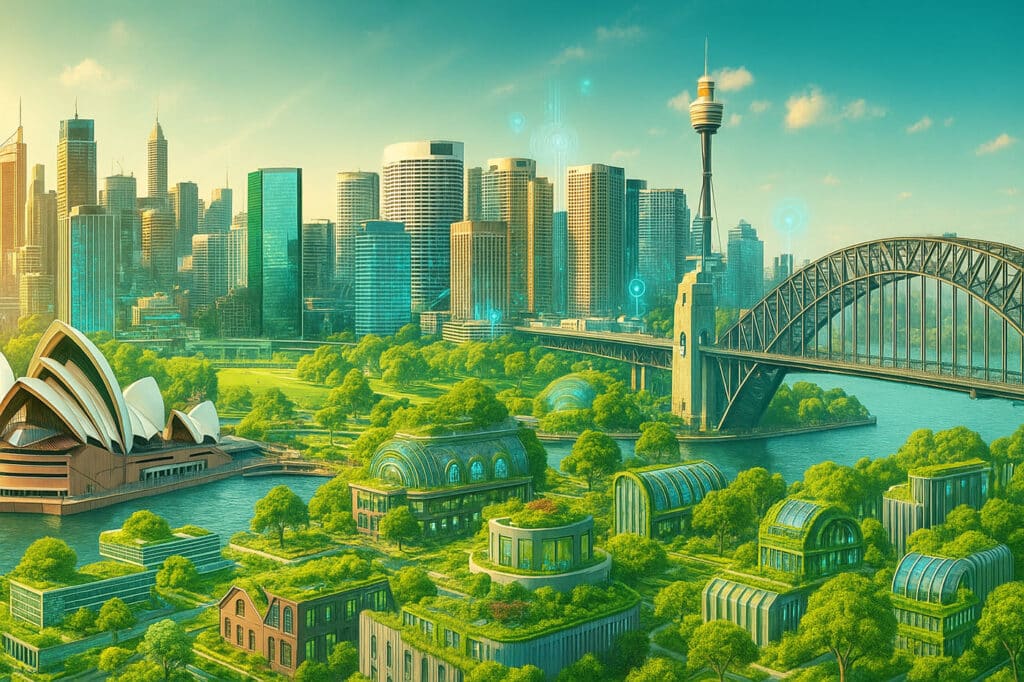
Sydney’s Sustainable Sydney 2030–2050: Continuing the Vision is a robust plan focusing on climate resilience, inclusivity, and livability. By investing in renewable energy, efficient public transport, and urban greening projects, Sydney is setting a benchmark for sustainable cities in Australia.
On of the 10 targets is the minimum of overall green cover of 40%. Next to 27% tree canopy cover, this can be achieved by adding green roofs, livings walls or green ground cover.
AI render of a Greener Sydney
Melbourne
Melbourne is celebrated as one of Australia’s most sustainable cities, thanks to its commitment to green infrastructure and expansive public parks. The city’s focus on environmentally friendly building practices and community-driven initiatives aligns closely with the goals of sustainable city planning. On of their key initiatives includes expanding green urban infrastructure like rooftop or vertical gardens and tree canopies. Also integrated water management practices should be implemented, which can also be achieved by applying Detention or Retention roofs to existing and new buildings.
BRISBANE
Brisbane is embracing sustainability with a vision for green and inclusive urban development, particularly as it prepares for the 2032 Olympic and Paralympic Games. Transforming underutilized areas into thriving, connected communities is a cornerstone of its plan. The six focus areas include well-designed green spaces, biodiversity protection and conservation and sustainable water use. Implementing biodiverse green roofs and cooling living walls can be a major aspect of achieving these goals.
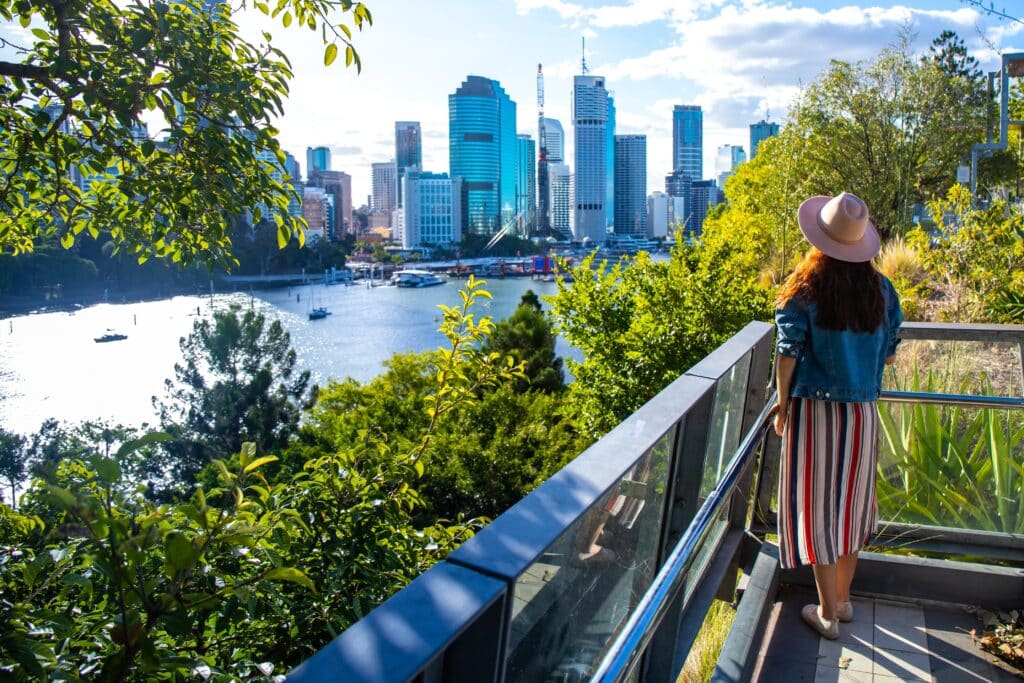
Australia’s 10-year strategy for Sustainable Cities
Australian cities and regions are undergoing rapid transformations, presenting significant opportunities for sustainability and innovation. The sustainability transition will be shaped by the success of its cities and regions. Australia’s Sustainable Cities and Regions: 10 Year Strategy (2020–2030) outlines a clear roadmap for urban transformation. This strategy emphasizes integrated solutions to address challenges such as transport congestion, housing pressure, and biodiversity loss. By incorporating innovative green solutions like those provided by Sempergreen, Australian cities can accelerate their progress toward becoming global leaders in sustainability.
How Sempergreen contributes to Sustainable City Planning
Sempergreen’s solutions are designed to align with the goals of sustainable cities and communities. From green roofs and living walls to pre-grown ground covers, these innovations enhance urban biodiversity, improve air quality, and provide water management during extreme downpours. By integrating these solutions into urban planning, cities can be transformed into healthier, more sustainable living environments.
Let’s build greener, more resilient cities for generations to come
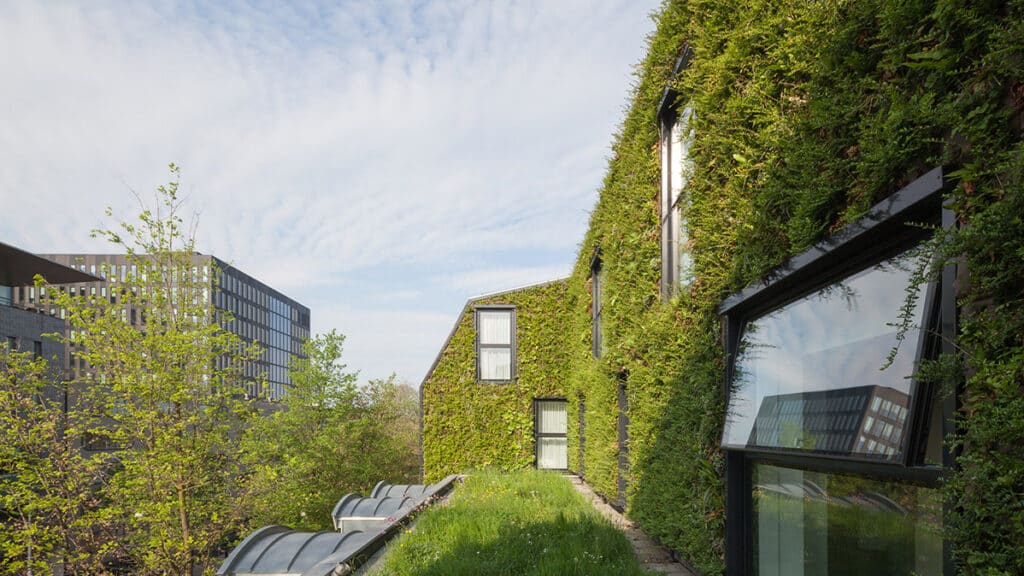
As we look to the future, the examples of sustainable cities around the world—including the inspiring efforts in Sydney, Melbourne, and Brisbane—showcase what is possible when cities prioritize the environment and community well-being. Australia’s commitment to sustainability, supported by innovative solutions like those from Sempergreen, demonstrates a promising path forward. Together, we can build greener, more resilient cities for generations to come.

